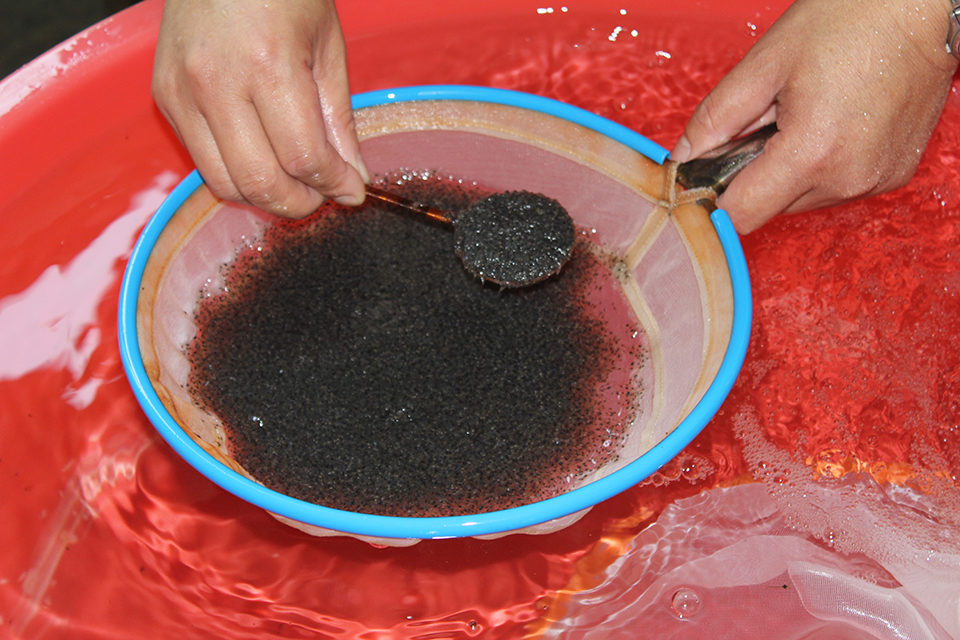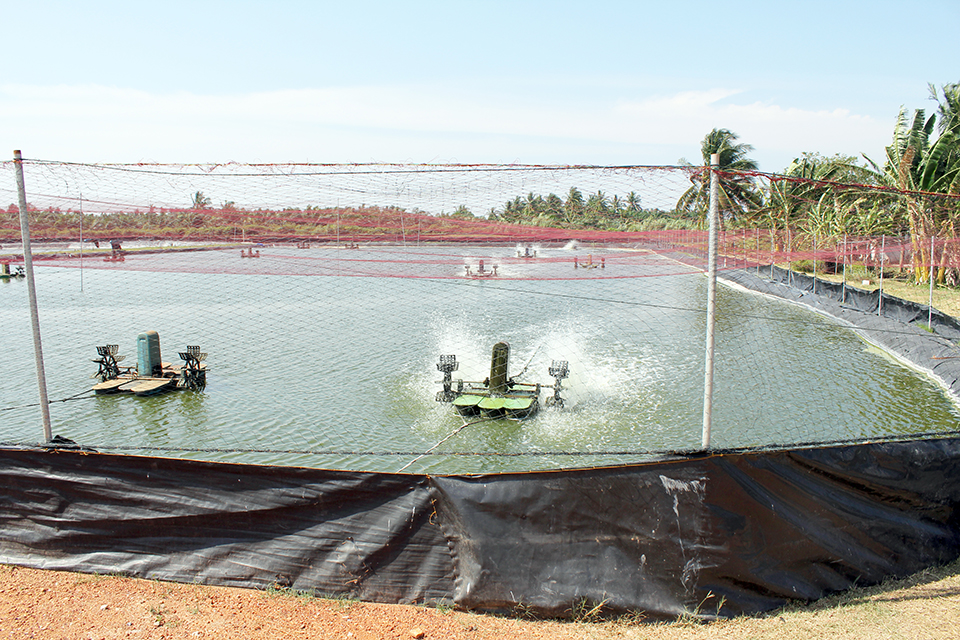Survival starts at the hatchery, so farms should be more closely involved

During my 25 years of working with shrimp farmers, I have had the opportunity to visit hundreds of hatcheries in more than a dozen countries. Early on, I watched and learned. As my knowledge increased, I saw opportunities to improve production, and where owners were open to it, we were able to significantly improve production. Unfortunately, there is still a great deal of ignorance even among those who claim to use the tools of science, and the quality of postlarvae supplied by hatcheries can vary considerably.
Myth 1
Low survivals are O.K. The selection pressure in the hatchery is akin to what one would experience in the wild, thus those shrimp that survive are stronger and better able to grow on the farm.
Reality: The selection pressures in the hatchery are totally different from those in the wild, and low survivals are often an indicator of failure to properly manage the production environment. The mere fact that postlarvae (P.L.) survive in an environment that is not optimized does not mean they are better able to tolerate the rigors of the farm environment. It is highly likely that P.L. from hatcheries with survival rates above 85 percent from hatch to sales point are in fact better suited to tolerate the farm environment. There are exceptions, of course, but in general, hatchery survivals are indicative of overall fitness.
Myth 2
Water quality is not critical, and it is O.K. if animals are not provided with clean water.
Reality: Unlike in the wild, where animals can disperse widely, in hatchery tanks they cannot. Degradation of water quality is a major reason for stress and low survivals. Pathogens can spread rapidly when animals are cultured at high densities.
Clean water is an essential component of success. This does not mean that shrimp require an environment free from all forms of organic matter, only that efforts must be made to lessen the potential for pathogens to proliferate.
Myth 3
Specific pathogen-free (SPF) shrimp are more resistant to disease and better able to tolerate poor-quality production environments.
Reality: SPF only means that the population has been determined to be free of specific pathogens against which they have been tested. While genetic programs that rely on SPF seed as the core of their stocks may in fact have selected for animals that are more tolerant (and in some cases truly resistant), this is not the norm.
As soon as SPF broodstock are held under non-biosecure conditions, P.L. from them can no longer be considered SPF. Also, sampling for specific pathogens does not provide an absolute assurance that the population is SPF. Sampling methods are statistical and can be prone to error.
Myth 4
Probiotics allow me to avoid biosecurity steps and will protect postlarvae against problems.
Reality: For shrimp hatcheries, there are no true probiotics – bacteria that colonize the intestines of shrimp and prevent disease by keeping pathogens from colonizing. Trying to alter the bacterial composition of the tanks by seeding with benign bacteria can reduce the numbers and types of potential pathogens. However, many potential pathogens can still thrive in these environments. Probiotics are a management tool that works best when used in combination with other tools.
Myth 5
All that is needed is to make sure hatchery water is free of bacteria to start to optimize production.
Reality: The top sources of bacterial contamination in hatcheries are the live feeds artemia and algae. The zooea syndrome, characterized by the failure of the first feeding stages to molt with resultant high mortalities, is a direct result of adding high loads of potential pathogens to production tanks.
There are a number of ways to dramatically lower the bacterial loads present. Typically, however, little effort is made to do so. And many products that claim to reduce bacteria have no scientific basis.
Myth 6
If hatchery survivals are high, then the postlarvae can withstand more abuse prior to and during transport.
Reality: It is always in the best interests of the hatchery and farm to minimize stress where possible. Shrimp, like humans, do not synthesize vitamin C. It must be supplied exogenously. P.L. have been shown to deplete intracellular pools very quickly. Failure to consider this during handling and transport will result in weaker animals that are more susceptible to post-stocking mortality.
Perspectives
These are only a few of the more common myths. Another point: proper water treatment, biosecurity and management of potential pathogens does not require the use of antibiotics.
High survival on the farm starts with the hatchery. Farms should be more closely involved with hatcheries and not look to them as always having the farms’ best interests in mind. When used properly, a number of scientifically validated tools and approaches can significantly reduce hatchery mortalities and result in higher-quality postlarvae that tolerate the rigors of the farm better.
(Editor’s Note: This article was originally published in the November/December 2012 print edition of the Global Aquaculture Advocate.)
Author
-
Stephen G. Newman, Ph.D.
6722 162nd Place Southwest
Lynnwood, Washington 98037-2716 USA[109,111,99,46,104,99,101,116,45,110,105,45,97,117,113,97,64,109,119,101,110,103,115]
Tagged With
Related Posts

Health & Welfare
A comprehensive look at the Proficiency Test for farmed shrimp
The University of Arizona Aquaculture Pathology Laboratory has carried out the Proficiency Test (PT) since 2005, with 300-plus diagnostic laboratories participating while improving their capabilities in the diagnosis of several shrimp pathogens.

Health & Welfare
A study of Zoea-2 Syndrome in hatcheries in India, part 1
Indian shrimp hatcheries have experienced larval mortality in the zoea-2 stage, with molt deterioration and resulting in heavy mortality. Authors investigated the problem holistically.

Health & Welfare
Biosecurity: Not just a word
Most aquaculture farms rely on general strategies for biosecurity that implement protocols learned from others. Establishing effective biosecurity, however, can be complicated due to multiple interacting variables.

Health & Welfare
Common-sense biosecurity measures head off crop failures
Biosecurity can be defined as the operating procedures that shrimp hatchery and farm personnel use to minimize the impacts of disease on their animals. Proper biosecurity measures slow the movement of pathogens and protect unaffected areas.


